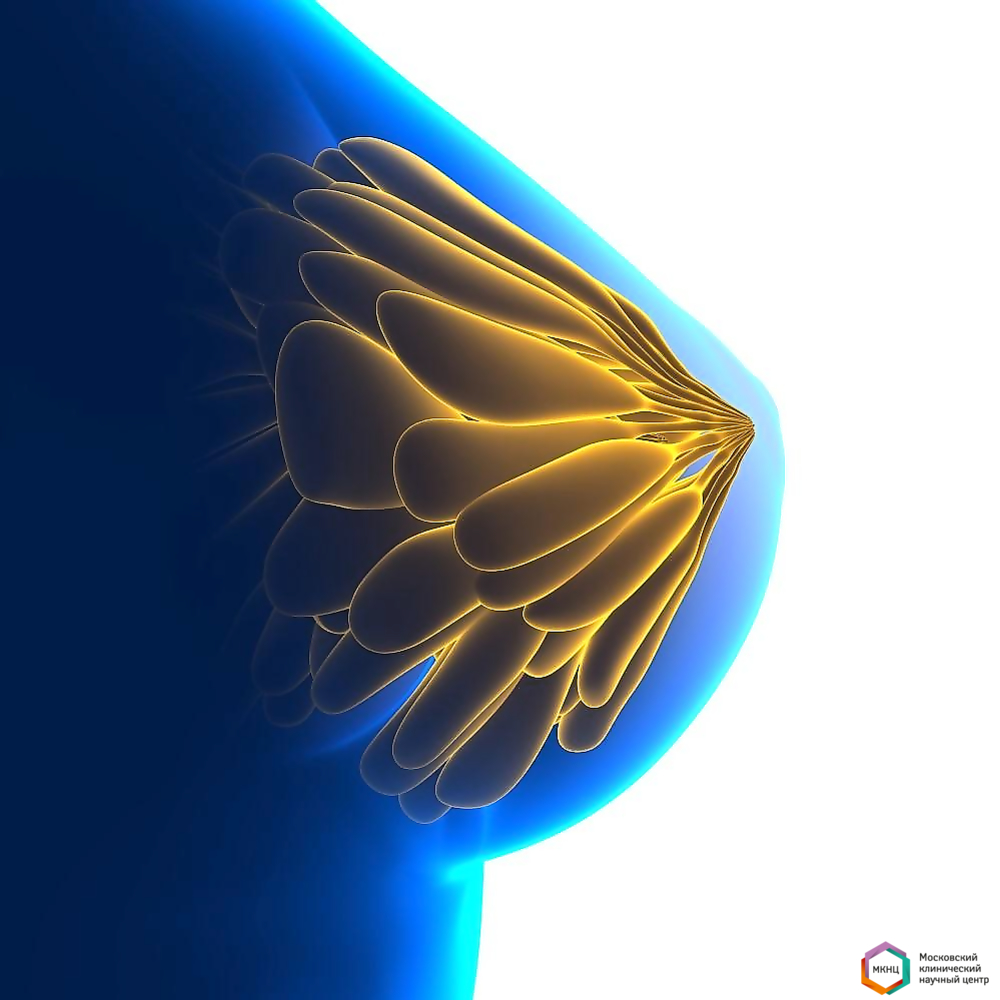Non-lactational mastitis
Non-lactational mastitis is a disease in which an inflammatory process occurs in the mammary gland. Unlike lactation mastitis, it has nothing to do with breastfeeding. That is why this pathology can develop in patients of absolutely any age.
The main cause of its occurrence is all the same pathogenic microorganisms. Most often, Staphylococcus aureus and streptococcus. They live in the body of everyone, but under certain conditions, their number increases, and the inflammatory process begins.

The most common causes of non-lactational mastitis:
1) Reduced immunity.
Yes, banal hypothermia can affect not only the respiratory or urinary organs, but also the mammary gland.
2) Surgical interventions, especially plastic surgery.
This factor is often associated with non-compliance with the rules of asepsis and antiseptics during the surgical intervention itself, as well as in the early postoperative period.
3) Hormonal disorders.
Non-lactational mastitis is very often a concomitant manifestation of three main stressful periods for the female body – adolescent 14-18 years (the ovaries synthesize a lot of estrogen, and immunity decreases due to active restructuring of the body), reproductive 19-35 years (active growth of connective tissue and glandular hypertrophy) and premenopause (reduced concentration of estrogens and immunity, increased sensitivity to microbes and bacteria.).
4) The presence of foci of chronic infection in the body.
The mammary gland, like any organ, has a connection through the lymphatic and circulatory system with the entire body. Thus, the pathogen does not cost anything to get with the blood flow from the focus of infection to the mammary gland, especially when the protective mechanisms are reduced.
5) Breast injuries, including nipple piercings.
Often, mastitis in a non-nursing woman begins as a result of the penetration of an infectious pathogen into the breast tissue through a nipple puncture, that is, with piercing.
6) Wearing the wrong bra.
Incorrectly selected bra size and shape can lead to stagnant processes in the mammary glands, and hence the concentration of pathogenic bacteria.
Symptoms of mastitis
The symptoms of non-lactational mastitis in non-lactating women can vary greatly depending on the exact form of the disease: acute or chronic.
In the first case, the patient has severe pain in the mammary gland, which does not have a clear localization. The breast itself can turn red and become edematous. As the disease progresses, the pain passes to the axillary area. At the same time, an increase in the size of the lymph nodes is often observed. The body temperature in acute mastitis often increases to 39 degrees, the patient complains of chills, weakness, dizziness, nausea and general malaise. Acute non-lactational mastitis requires urgent treatment by a mammologist and a surgeon.
The symptoms of mastitis in a non-breastfeeding woman, if the disease occurs in a chronic form, are much less pronounced. The general condition in this case will be satisfactory. In the area of inflammation, there may be a retraction of the skin, under which there is a dense infiltrate.
Diagnosis of mastitis:
- general blood and urine analysis
- Ultrasound of the mammary glands and regional lymph nodes
- biopsy
- seeding of purulent discharge from the nipple or fistula on nutrient media
- Treatment
The key tasks of the doctor are to suppress the growth and reproduction of pathological microorganisms, restore immunity, relieve intoxication, prevent possible complications of therapy and (if necessary) sanitize the focus of infection. Patients with serous and infiltrative mastitis are indicated for antibacterial therapy. A purulent inflammatory process is a direct indication for surgical rehabilitation of an infectious focus.
Important! Non-lactational mastitis and breast cancer are very similar in clinical picture. That is why at the first symptoms of pathology, you should immediately consult a doctor.





